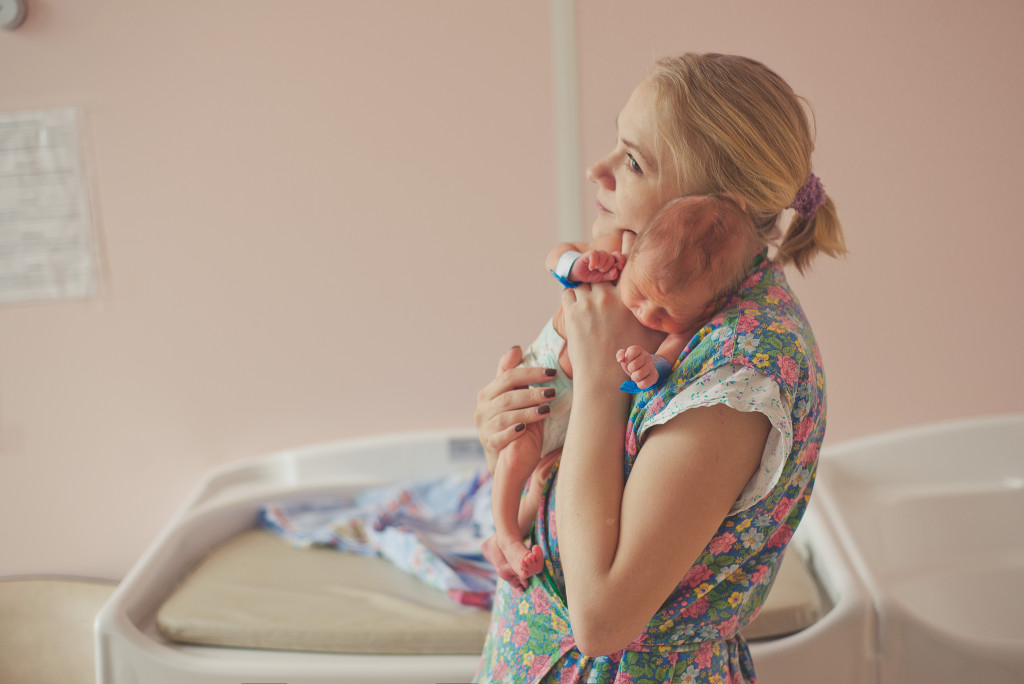Disclaimer: This website provides health information for educational purposes only and is not a substitute for professional medical advice, diagnosis, or treatment. Always seek the guidance of a qualified healthcare provider with any questions you may have.
Childbirth is one of the most amazing, life-changing events a person can experience. But it can also be dangerous. In the past, many women died during childbirth due to complications.
In 2018, about 300,000 women died from complications during childbirth. Moreover, 4 in 1,000 babies die during the process. The numbers have drastically decreased throughout the years, but it can still be an anxiety-filled experience for most people.
Many people view childbirth as an exciting and life-changing event. However, it can also be dangerous because of the risks behind it. Thankfully, technology has drastically improved childbirth in several ways.
Telehealth
First, let’s discuss the improved proactive care for pregnant mothers through telehealth. Proactive care is when a healthcare provider identifies a risk early on and provides interventions to prevent the issue from worsening. This type of care has drastically improved over the years due to technology, which has made it easier for providers to connect with patients.
In the past, most pregnant women would have to wait until they went into labor to see a doctor or midwife. Nowadays, because of telehealth, there are many apps and websites that allow you to book appointments, track your pregnancy, and even ask questions about your pregnancy journey. In addition, it has allowed for more access to information and better communication between providers and patients.
The increased use of telehealth has also allowed for more remote monitoring of pregnant women. This means that doctors can now check on their patients without having to come to the office for an appointment.
Telehealth has also connected with lifestyle-related services for pregnant women. One essential lifestyle-related service they need is an experienced doula. This service can drastically reduce the chances of complications during childbirth. They can also provide emotional support for women giving birth. It’s especially beneficial for rural areas, where access to healthcare providers can be limited.

Risk Reduction
Another way that technology has improved childbirth is by reducing the risks associated with it. For example, one of the most significant risks during childbirth is infection. In the past, many women died from sepsis, a severe infection that can occur after childbearing.
Nowadays, however, there are many ways to prevent and treat infections. One way is through the use of antibiotics. Antibiotics are now given to pregnant women who are at risk for developing an infection. This has dramatically reduced the number of deaths from sepsis.
In addition, there have been many advances in treating other complications associated with childbirth. For example, pre-eclampsia is a condition that can occur during pregnancy and can cause high blood pressure and protein in the urine. If left untreated, it can lead to serious health problems for both the mother and child.
Nowadays, there are many ways to treat pre-eclampsia. One way is through the use of medication. Another way is by delivering the baby early. This has dramatically reduced the number of complications associated with pre-eclampsia.
Fetal Monitoring Devices
Technology has also improved childbirth in several other ways. One way is through the use of fetal monitoring devices. These devices allow doctors to monitor the baby’s heart rate and other vital signs. Medical professionals can then use this information to ensure that the baby is healthy and that the mother is not in danger.
In the past, fetal monitoring was done manually. A doctor or midwife would have to listen to the baby’s heart rate with a stethoscope. It was often not possible in all cases, especially if the mother was in labor for an extended period.
Nowadays, there are many different types of fetal monitoring devices available. One type is an external monitor. This monitor is placed on the mother’s abdomen and uses ultrasound waves to detect the baby’s heart rate. Another type of monitor is an internal monitor. This type of monitor is placed inside the mother’s vagina and measures the baby’s heart rate and other vital signs.
Safer Cesarean Sections
Cesarean sections are another way that technology has improved childbirth. In the past, doctors often did cesarean sections without any anesthesia. This meant that the mother was awake during the surgery and felt everything happening.
Nowadays, however, cesarean sections are done under general anesthesia. This means the mother is asleep during the surgery and does not feel anything. This has made cesarean sections much safer for both the mother and child.
In addition, there have been many advances in the techniques used for cesarean sections. One advance is the use of epidural anesthesia. This type of anesthesia numbs the lower half of the body and reduces the risk of complications. Another advance is the use of a robotic arm to assist in the surgery. The process has made cesarean sections much easier and less invasive for the mother.
Technology has come a long way in improving childbirth. Nowadays, childbirth is much safer, less invasive, and more comfortable for both the mother and child. Thanks to all of these advances, more women can have healthy pregnancies and babies.

